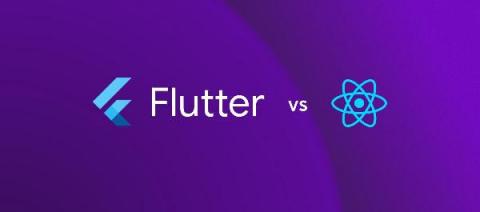Disaster Recovery Plan: How to make sure you're prepared for the worst
The first lesson you learn as you start to work around the DevOps field is that being optimistic is not a good virtue. While that might seem overly pessimistic, let me explain. We plan our architecture to fit our needs, deal with edge cases, scale our applications up and as wide as we see fit, and with all of that, we still always expect for the unexpected to happen. As engineers, we are expected to deal with that unexpected.










